Trekking through Chile’s magical Torres del Paine
PUERTO NATALES — I remember the precise moment I lost a little piece of my heart to Torres del Paine.
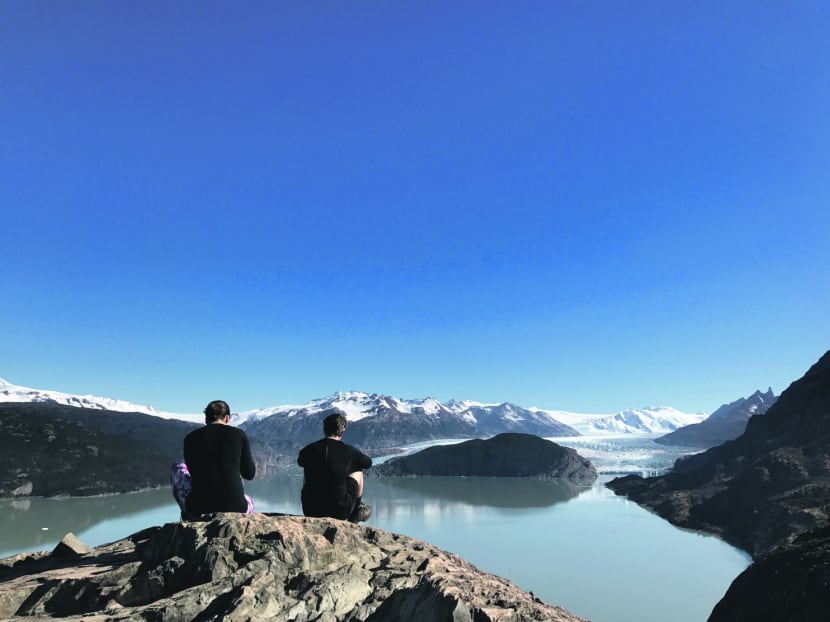
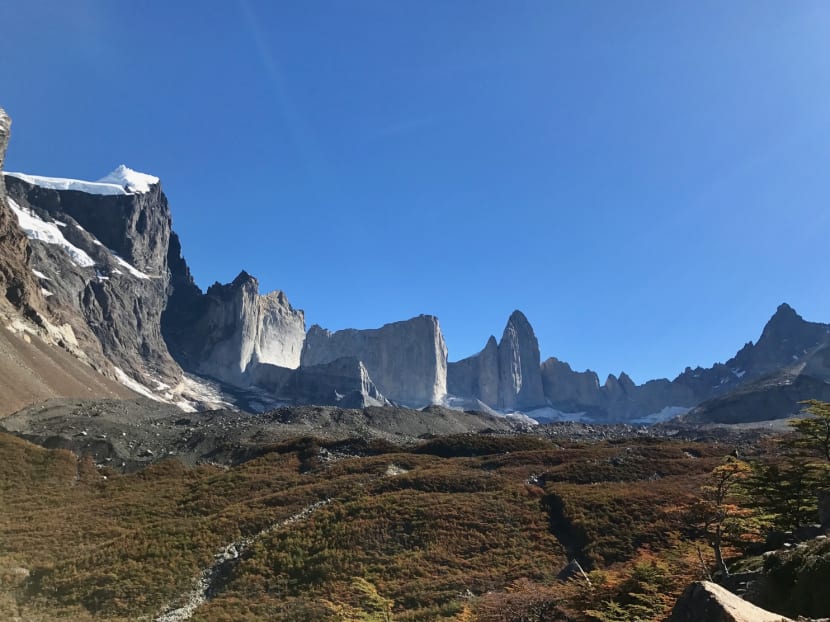
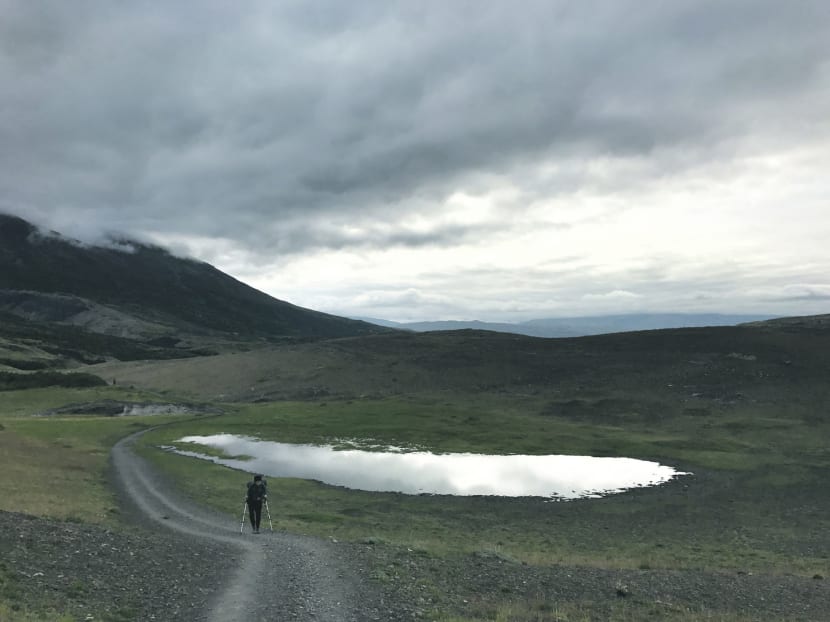
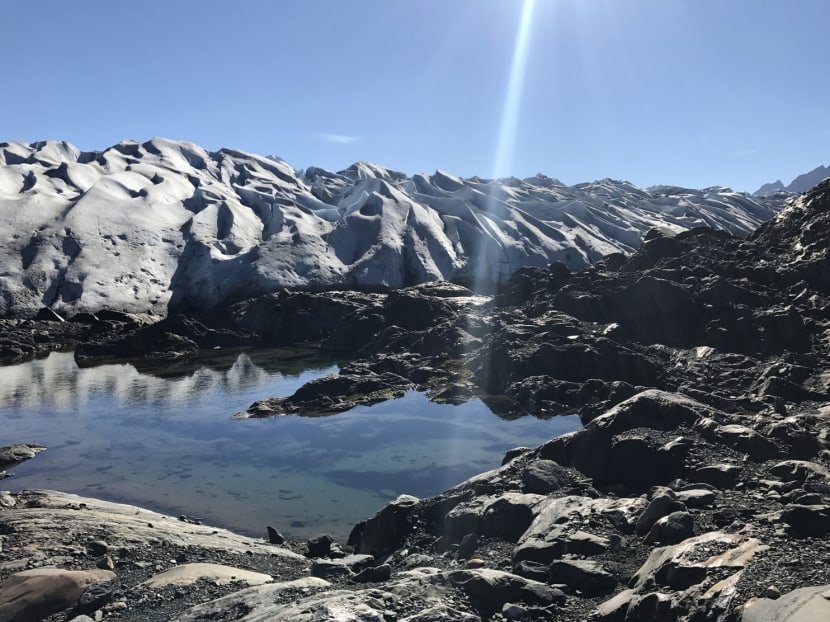
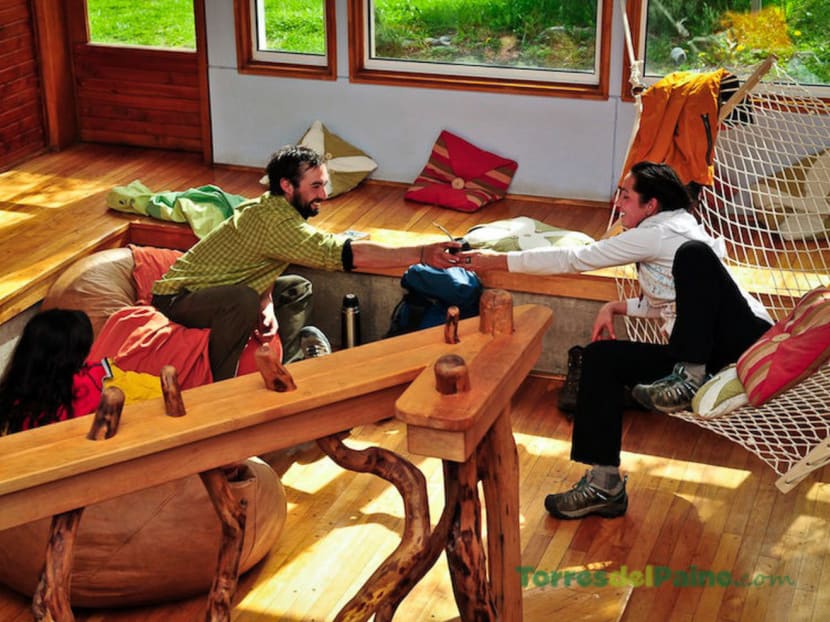
PUERTO NATALES — I remember the precise moment I lost a little piece of my heart to Torres del Paine.
I was waiting for the catamaran that would take me across Lake Pehoe, to a ranger station where buses would take me back to the town of Puerto Natales and end my Patagonian adventure. Then, it was magic hour at Parque Nacional Torres del Paine.
Wisps of clouds were doing a dance through the endless sky. Nearby, snow-wreathed granite peaks rose before me, sharp and dramatic, tantalisingly close. I was standing upon gently undulating grassland, golden in the early evening light.
Lake Pehoe was a vivid deep turquoise. A fox crossed my path as I walked to the shore of the lake. In the distance, I heard campers laughing as they gathered to prepare their evening meals. I felt deeply content, despite sore feet and aching shoulders. I also felt the beginnings of an ache at leaving all this behind.
THE VIEWS ARE CALLING, BUT EXPECT SOME PAIN
Hundreds of thousands visit the renowned national park in Chile each year, and I was there to trek the terrain. All treks are personal — you experience the physical challenges differently, and you discover the limits of your endurance. And there is no telling at which moment the landscape captures your heart.
Torres del Paine offers a lot for those who venture into its spectacular terrain. Its most recognisable feature, the three granite towers (Las Torres), soar over 2,000m into the sky, and their cathedral-like majesty is impossible to capture in photographs. But the national park, superbly managed and protected by Conaf (the National Forest Corporation), is so much more.
Trekking in end-March (considered to be the shoulder season before winter sets in), I walked beneath forests in the fiery oranges and yellows of autumn, flanking turquoise lakes and rushing blue-grey rivers. Glaciers — from the modest Glacier Frances, draped around three peaks to the spectacular, sprawling Glacier Grey — are part of the immense Southern Patagonia Icefield. They awe you with their sculpted crevasses revealing flashes of radiant blue ice.
As you hike through gently-sloping grasslands, the vast granite mountains capped with snow loom impressively, dramatic against the region of fast-changing skies.
As an amateur hiker, I was right to anticipate certain challenges from my first unguided multi-day trek. Did I know my shoulders would be clenched stiff and rubbed sore from carrying an 8kg backpack while walking some eight hours a day? Yep.
Did I know I would need a certain amount of stamina to trek uphill for long stretches, sometimes ascending over 800m over sea level and down again in a single day? Yep.
Was I prepared for extreme weather where winds can knock hikers off their feet, or clear blue skies can turn into grey days of unceasing rain? Or that snow sometimes falls in summer? Yep, and yep.
What I did not expect was the tremendous toll the terrain would take on my feet. Many of the trails have large chunks of broken rock for terrain. So, your feet twist as you walk, with your toes going one way, the balls of your feet going another, and your ankles seemingly always on the verge of snapping. To top it off, you will stub your toes repeatedly, bruising your toenails purple.
None of this diminishes the experience of hiking through this rugged piece of heaven on earth. And despite the physical challenges it poses, Torres del Paine is a logical option for those taking tentative steps into the world of multi-day trekking, thanks to the impressive infrastructure in the park.
Hostels (called refugios) run by two private operators make it possible for one doing the classic “W” trail to take a (sporadically) hot shower at the end of a long day, sit to a simple three-course dinner, knock back a beer, and climb into a bunk bed for the night.
These are major luxuries, considering the remoteness of the park and the fact that supplies are often brought in on horseback. Booking well in advance is essential to securing beds.
For the more adventurous, you can camp — but rent tents, sleeping bags and sleeping mats from the refugio operators that also manage these camp sites. Again, you can opt to include meals — which means you will get dinner, breakfast and a well-stocked packed lunch.
The truly independent (and economical) take their own food, tents and other camping supplies with them. But for me and my friend, a mix of camping and refugio stays were plenty adventurous. Baby steps.
INTO THE LANDSCAPE
The W circuit, named for the shape it traces on the map, is a roughly 75km trek when done east to west. It is over 80km, if you, like my friend and I, decide to also hike the 7km from the park entrance at Laguna Amarga, a distance that can be covered easily by the many minibuses waiting nearby for a mere CHP3,000 (about S$4).
We did the trek over five days and four nights, throwing in a 5.5-hour ice hike over Glacier Grey (run by a company called Bigfoot Patagonia) for good measure.
I first got a sense of the vast majesty of the south Patagonian landscape when the three-hour plane ride that took me from Santiago to Punta Arenas flew over the South Patagonia Icefield — the world’s second largest outside of the polar caps. The seemingly unending fields of white that capped the curving fjords were only surpassed by the sight of the towering spires of Mount Fitz Roy (which falls on the Argentina side of the Patagonia region) and the Torres del Paine.
The remoteness of the park struck me when I realised that getting to the national park still meant a three-hour ride from Punta Arenas to Puerto Natales (a sleepy town that serves as a gateway to Torres), followed by another two hours by bus from Puerto Natales to Torres.
Parts of the park are accessible as day treks (including the lookout point to the Torres), but immersing yourself in its cradle by walking its trails is an experience of a different order.
You collect your drinking water from the many streams cutting through the park, every drop colder and sweeter than the last as your energy levels dip. One of the W’s highlights is the French Valley, which begins through a forested trail. The trail then becomes rocky terrain running alongside the Rio Frances, before you emerge into the open at the first mirador (lookout point).
There, you are greeted by the sight of a group of magnificent peaks (Bariloche, Central and Principal), on which Glacier Frances rests.
As you munch on a handful of nuts, the brilliant sun meets some of the snow on the peaks and you hear the rumbling thunder of snow falling off a cliff.
Another two to three hours bring you to Mirador Britanico, and from this elevated perch the steep mountains surround the forested valley like a vast natural amphitheatre. There is nothing to do but to sit, munch on your packed lunch, and feel very, very small and very, very awed.
A GAMBLE WITH THE WILD
The trails of Torres del Paine are well-marked. The W trail is indicated with bright red markers in the form of stakes driven into the ground, or spots of red paint on a tree or rock. A guide is unnecessary, although he or she could probably give a better of idea of how fast one should trek in order to make good time, or how much distance has been covered. But there is nothing like doing it on your own.
Giving yourself over to the elements for five days is also an irresistible gamble with the wild. Our route brought us to the Torres on our first day in the late afternoon, and we had a crystal clear view of the granite spires, impressive across a milky blue-green lake. Those who made the climb the next morning hoping to catch the Torres bathed in rose-pink light from the rising sun were in for a disappointment unfortunately, as it turned out to be a cloudy morning, completely obscuring the towers. In nature, nothing is guaranteed.
Seeing (or not seeing) the towers on day one might have made for a bit of an anticlimax for the rest of the trip, but again, the park’s appeal does not lie in the Torres alone. The French Valley, Lake Pehoe, and the sprawling Glacier Grey are all glorious sights in their own right and worth the sweat it takes to see them.
If my W trek were a movie, sailing across the Lake Pehoe as I ended my journey was the perfect highlight reel for the closing credits. You get a stunning view of the various peaks you laboured past over the last five days, with the whipping wind for a soundtrack (as well as the click of cameras). The fantastical landscape retreats slowly, easing you into the mortal world.
And then onto a bus (filled with ripe-smelling trekkers) we go. Until next time, Torres.
PLANNING YOUR TRIP
There are flights to Santiago via Sydney, or Amsterdam, from Singapore on airlines such as KLM and Qantas. A long stopover for sight-seeing or even a night’s stay allows you to break a journey that can range from some 20 hours to 35 hours.
The quickest way to reach Torres del Paine National Park from Santiago is a flight to Punta Arenas, then a bus to the port town of Puerto Natales, which is a convenient base for preparing for a trip. One can rent camping gear and even clothing, and trade stories and tips with other trekkers at hostels. Hostel and tour operator Erratic Rock is an institution in the town and offers free talks on trekking the Torres at 3pm daily.
The weather in the region is notoriously changeable. The park is open year-round but most trails, campsites and refugios are closed for winter (May to August). Be it summer or fall, pack for all kinds of weather (warm, cold, wet, dry).
Park entrance fees are CHP 21,000 (S$44), and payment is in cash at the park entrance at Laguna Amargas. One cannot stay overnight without making a reservation for a specified number of days, and spots get taken up early. This means lots of advance planning is needed, but this helps to limit the number of people trekking in the park at any given time.
Do respect park rules. Carry your trash with you (including organic waste like apple cores) and do not start fires or smoke outside designated areas. The park was devastated by large fires several times, including in 2011, and you can still see some of the damage and the new areas of regrowth while trekking. Rangers will check reservation documents, so have them ready.





